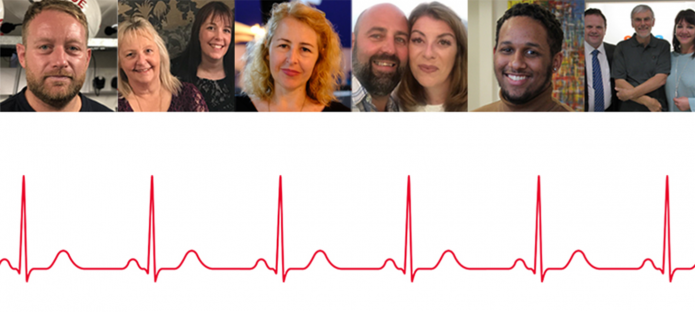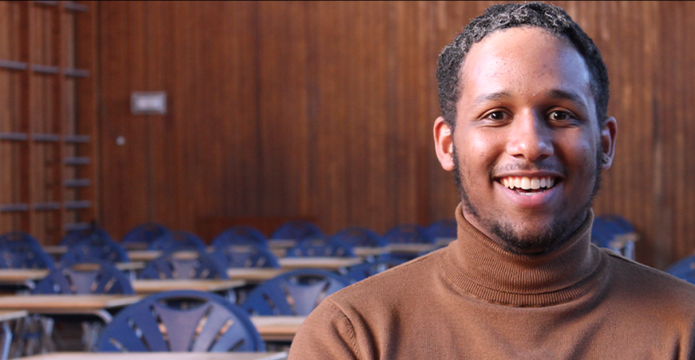Amelia Naylor was a very active and healthy 10 year old with an Olympian’s attitude towards sport.
She was a member of the Charnwood Triathlon Club, completed a 5k Beacon Hill training run and was a keen and energetic cyclist.
It shouldn’t have been a stretch for her to complete a 2k cross country run at school - but what should have been an easy race soon became a race for survival when Amelia suffered an out of hospital cardiac arrest.
Amelia paused during the run to help a struggling friend and then worked hard to catch up to the pack - eventually finishing third in the race. She began to feel unwell and laid down, complaining she felt sick and couldn't get her breath. It seemed like typical post-race complaints, but then her condition worsened. She vomited, became cyanosed (turned a shade of blue) and stopped breathing.
Jo Naylor had just watched her daughter complete the race on a day off from her job as a Sister on the Neonatal Unit at Leicester Royal Infirmary. Jo also instructs on Newborn Life Support and Advanced Resuscitation of the Newborn Infant courses - making her familiar with resuscitation in the very young. As a mother, she was also familiar with her daughter’s often dramatic responses to finishing a race - but when Amelia stopped breathing, Jo’s years of cardiopulmonary resuscitation (CPR) training and experience took over.
Jo set off the chain of survival to give her daughter her best chance of resuscitation. She established Amelia had no signs of life, requested an ambulance and then started CPR on her 10-year-old daughter.
Amelia began to gasp, but soon stopped breathing again. Jo asked a bystander to run to the nearby village hall to grab the local automated external defibrillator (AED) - and continued to administer CPR to her daughter. She performed CPR alone for 10 minutes until Amelia’s head teacher was able to step in and continue CPR for a further 10 minutes until the defibrillator and the ambulance crew arrived. Then - a breakthrough. The paramedics used the defibrillator to shock the young girl - and with one shock, Amelia went back into sinus rhythm.
Amelia was back - but she still wasn’t out of the woods just yet. A mis-sized guedel airway lodged in her trachea, and back blows had to be administered to recover it. Another paramedic arrived, as did the West Midlands Hele Med Team - and soon Jo’s organisational side as a Sister came into play. She suspected the issue was cardiac and called ahead to her workplace (Leicester Royal Infirmary).
They were greeted at the hospital by Dr Amy Atkinson - a former student of Jo’s in her ARNI course - and Jo felt relieved to see a familiar face and have the security of knowing her daughter was in good hands. Amelia received excellent care at Leicester Royal, and Jo is forever grateful for the care they gave her daughter.

Amelia spent two days cooled, sedated and ventilated in the Children's Intensive Care Unit and then went to Glenfield Hospital where they found an anomalous left coronary artery.
Today, Amelia truly is a one-in-a-million survivor. After a month in hospital and a successful surgery which uncovered a defect usually identified in autopsies, Amelia is alive and recovering well. She is currently waiting to find out if she will have an ICD inserted - and in the meantime, her family carry an AED with them as a precaution. Although she spent 25 minutes not breathing, she is completely neurologically intact.
It could have been so different for Amelia, but her life was saved by the fact that those around her knew what to do in an emergency - and Jo knows that without that education, her daughter would not be alive today.
“I really can’t imagine what the outcome might have been, had I not been there that day.”, said Jo.

